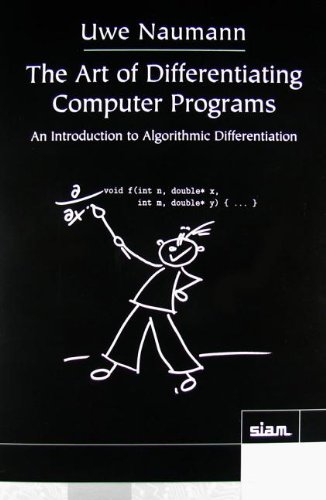

Most ebook files are in PDF format, so you can easily read them using various software such as Foxit Reader or directly on the Google Chrome browser.
Some ebook files are released by publishers in other formats such as .awz, .mobi, .epub, .fb2, etc. You may need to install specific software to read these formats on mobile/PC, such as Calibre.
Please read the tutorial at this link: https://ebookbell.com/faq
We offer FREE conversion to the popular formats you request; however, this may take some time. Therefore, right after payment, please email us, and we will try to provide the service as quickly as possible.
For some exceptional file formats or broken links (if any), please refrain from opening any disputes. Instead, email us first, and we will try to assist within a maximum of 6 hours.
EbookBell Team

5.0
78 reviewsReaders will find many examples and exercises, including hints to solutions. Also included are the prototype AD tools dco and dcc for use with the examples and exercises. The derivative code compiler dcc provides first- and higher-order tangent-linear and adjoint modes for a limited subset of C/C++. In addition, readers will have access to a supplementary website containing sources of all software discussed in the book, additional exercises and comments on their solutions (growing over the coming years), links to other sites on AD, and errata.
Audience: This book is intended for undergraduate and graduate students in computational science, engineering, and finance as well as applied mathematics and computer science. It will provide researchers and developers at all levels with an intuitive introduction to AD.
Contents: Preface; Acknowledgments; Optimality; Chapter 1: Motivation and Introduction; Chapter 2: First Derivative Code; Chapter 3: Higher Derivative Code; Chapter 4: Derivative Code Compilers An Introductory Tutorial; Chapter 5: dcc A Prototype Derivative Code Compiler; Appendix A: Derivative Code by Overloading; Appendix B: Syntax of dcc Input; Appendix C: (Hints on) Solutions; Bibliography; Index